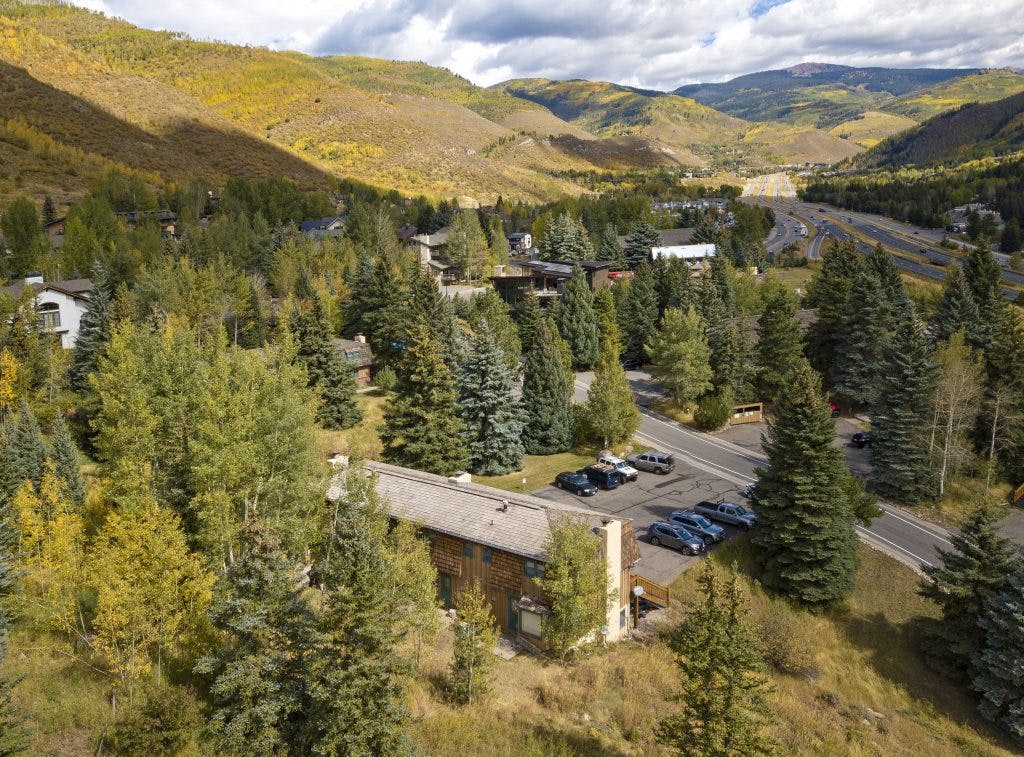20-Minute Neighborhood
The consultant team has proposed the “20-minute neighborhood” as an organizing structure for this planning effort. The 20-minute neighborhood is a sustainability idea that is taking hold around the world, from Paris to Melbourne to Boulder. A 20-minute neighborhood has all the services that one might need within a short walk, bike ride, or bus trip. Research has also shown that a 20-minute walk is the maximum people are willing to walk to meet their local needs.
The planning team will present the 20-minute neighborhood concept during initial public engagement opportunities to ensure that it resonates with the community. If it resonates, this planning process will identify and address the gaps in services, transportation infrastructure, housing types, and recreational opportunities, towards making West Vail a true 20-minute neighborhood.
Key questions for the 20-minute neighborhood analysis are:
- What types of businesses are missing and what types are needed?
- What are gaps in the bicycle, pedestrian, and transit network to make every civic and commercial dictation an easy, 20-minute or less trip, from every residence?
- Do all residents have access to civic spaces, parks, and trails within a 20-minute trip?
- What types of housing options are needed within the 20-minute radius?
Example Efforts
The aim of the City of Boulder Low-Stress Walk and Bike Network Plan is to ensure all Boulder residents can access their basic needs (food, parks, schools, etc.) within at most a 15-minute walk. The Plan identifies Pedestrian Improvement Areas with large crossings, missing sidewalks, and other barriers. Other recommended improvements are Neighborhood GreenStreets, low traffic streets prioritized for walking and biking where people of all ages and abilities feel comfortable and safe walking and biking.
The City of Melbourne has launched a 20-Minute Neighbourhood Pilot Program. This Program is an outcome of the City’s Plan Melbourne 2017-2050 to support “living locally” and “inclusive, vibrant, and healthy neighbourhoods.” A major element of this effort has been to ensure that the 20-minute neighborhood can be a reality for every person, with affordable housing opportunities. Hallmarks of a 20-minute neighborhood are a safe and accessible pedestrian and bicycle network, highly quality public spaces, services and destinations that support local living, access to public transit connecting people to jobs, housing density that makes local services and transit viable, and thriving local economies. Melbourne has aligned the 20-minute neighborhood with its Sustainable Development Goals.
Paris as a 15-minute City was the focal point of Paris Mayor Anne Hidalgo’s successful 2020 reelection campaign. In Paris, the concept has revolved around the mixing of uses. Necessary uses accessible within a 15-minute walk or bike ride include shopping, medical practices, cultural activities, and workplaces. This will involve a major change to the City’s zoning and land use code, transitioning road space to pedestrians and cyclists, giving public and semi-public spaces multiple uses, and establishing citizen kiosks.
Other cities deploying these 15 or 20-minute neighborhood concepts include Detroit, Sheridan Station in Denver and Lakewood, and Portland, Oregon.



